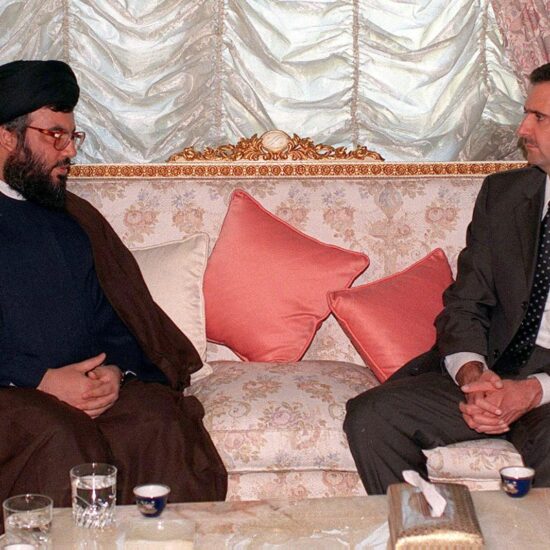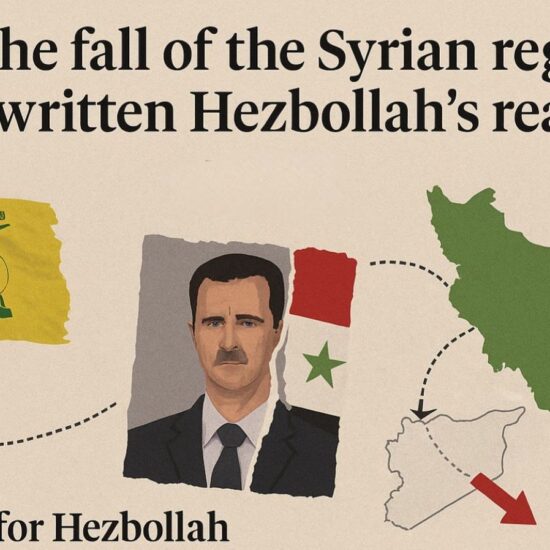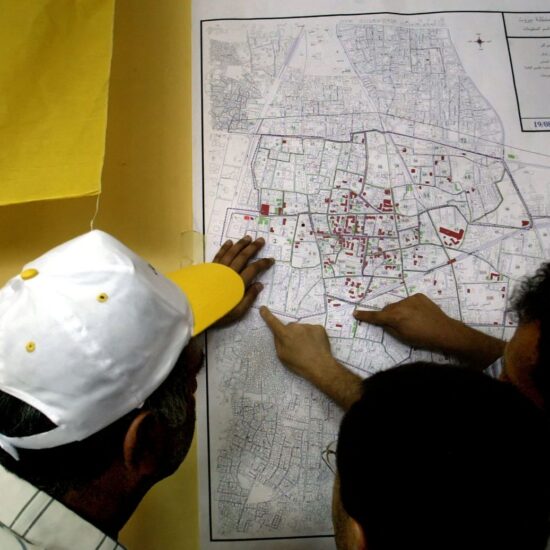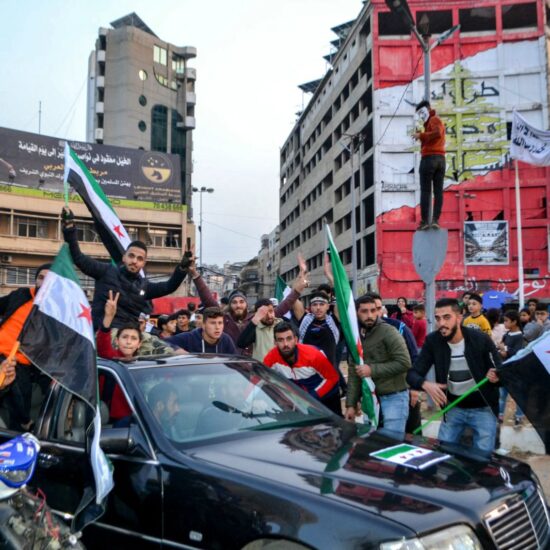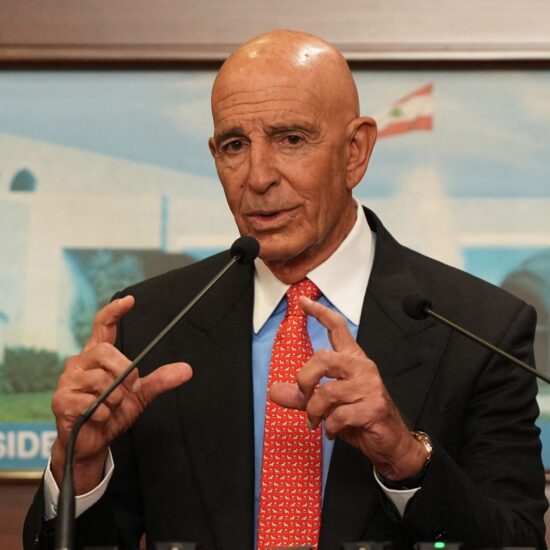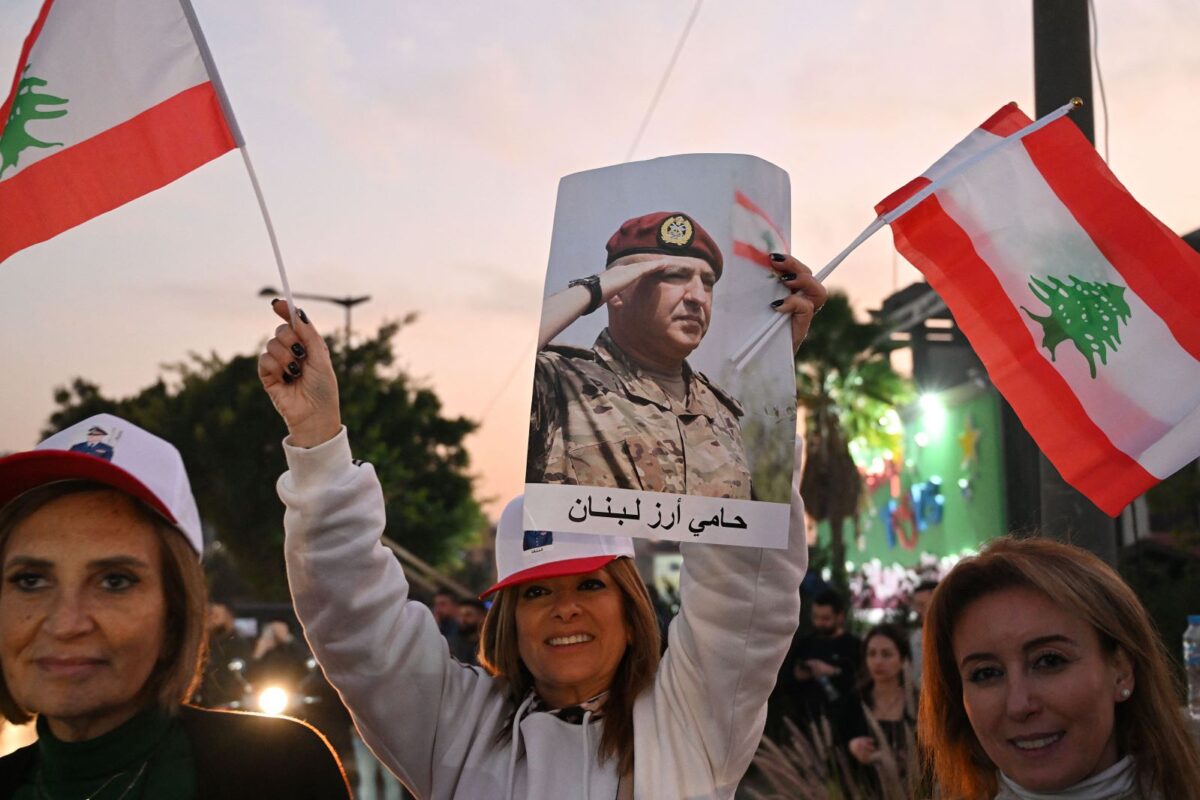
The 1967 Defeat: A Turning Point for the Arab World
A recently circulated audio recording of a conversation between the late Egyptian President Gamal Abdel Nasser and the late Libyan President Moammar Gaddafi has sparked widespread discussion across the Arab region. The conversation, which took place in 1970 following the devastating Arab defeat in the June 1967 war, features Nasser arguing that war is not the path to resolving the Arab-Israeli conflict. Instead, he emphasized the need for a diplomatic pursuit of peace.
No war is more widely regarded as having inflicted more profound, long-lasting consequences on the Arab region than the 1967 war. In just six days, Israel defeated three national armies and seized vast territories, including the Sinai Peninsula, Gaza Strip, West Bank, East Jerusalem, and the Golan Heights.
As the recording reveals, some Arab countries and political groups condemned Nasser’s diplomatic approach. This response highlights why the 1967 defeat marked a critical turning point in modern Arab history. It signaled a shift from an era dominated by secular Arab nationalism—anchored in state institutions and national armies—toward a period increasingly shaped by alternative ideological currents. Initially, this included revolutionary leftist movements, but it eventually gave rise to political Islam, expressed through both the Sunni militant and jihadi groups and the Shia doctrine of Wilayat al-Faqih, each relying heavily on non-state militias to articulate popular aspirations and address grievances.
Perhaps the clearest example of this transformation was the evolution of the Palestine Liberation Organization (PLO). Founded in 1964 under Arab League auspices and initially a bureaucratic body, the PLO was transformed by the 1967 defeat into a militant national movement. By 1969, under the leadership of Yasser Arafat, it had rebranded itself as the sole legitimate representative of the Palestinian people, with armed struggle at the heart of its strategy for liberation.
No country perhaps paid a heavier long-term price for the 1967 defeat than Lebanon. Though it did not participate in the war, Lebanon absorbed some of its most destabilizing consequences.
In November 1969, under pressure from Egypt, Syria, other Arab states, and a significant segment of its own population, the Lebanese Army Commander signed the Cairo Agreement with Yasser Arafat. Though never ratified by Parliament, the agreement effectively legalized the armed Palestinian presence in Lebanon, empowered the PLO, and planted the seeds of instability that would later erupt into civil war.
In simple terms, the Lebanese state ceded most of its sovereignty in 1969, failed to reclaim it after the civil war ended in 1990 due to the hegemony of the Assad regime, and remained unable to restore it after the assassination of Prime Minister Rafik Hariri and the rise of the March 14 Movement—primarily because of the political elite’s gradual surrender to Hezbollah’s grip on power.
From Fatahland to a Regional Base for the Iranian Axis
While Lebanon legalized the armed Palestinian presence in 1969, it has, from the end of the civil war until very recently, effectively legitimized Hezbollah’s armed status. This created a structural duality: on one hand, official state control of weapons through the Lebanese Army; on the other, Hezbollah’s exclusive control of non-state weaponry. This duality was institutionalized in ministerial statements, endorsed by senior officials, and reflected in Hezbollah’s unimpeded movement both within Lebanon and across its borders.
The recent announcement by Jordanian authorities that they had arrested 16 members of the Muslim Brotherhood—trained and funded in Lebanon and allegedly plotting attacks inside Jordan—illustrates once again the operational freedom enjoyed by Hezbollah, Hamas, and their allies in Lebanon. It underscores how Lebanon became a staging ground for Iran’s regional influence.
Lebanon functioned as a training hub, medical center, media platform, and transit corridor for militias that intervened in the internal affairs of states like Syria, Jordan, Iraq, Bahrain, and Yemen.
The Evolution of Militias: Liberation, Domination, and Hezbollah’s Hybrid Model
Non-state militias across the region adopted different state-building trajectories. Early militias sought to liberate land and impose revolutionary systems by reshaping state institutions and society. The Muslim Brotherhood, at a later stage, rejected the legitimacy of existing Arab regimes. In Lebanon, leftist and secular parties carried arms to pursue political goals.
When Hamas won the 2006 Palestinian legislative elections, it staged an internal coup a year later and expelled the Palestinian Authority from Gaza. In Arab Spring countries where Muslim Brotherhood-affiliated parties reached power, they attempted to restructure institutions, restrict political competition, and sideline rivals. Their objective was never democratization but rather seizing and consolidating power through electoral means.
Hezbollah followed a hybrid model. Initially hesitant to be part of official institutions, it claimed to focus solely on liberating occupied land. It formally joined the Lebanese government only after Syrian influence waned in 2005. Hezbollah never presented an economic or social program. After the 2006 war, it evolved into a regional power operating from Lebanese soil.
Through coercion and co-optation, Hezbollah manipulated the political elite to facilitate its logistical needs. Government agencies often ignored Hezbollah’s use of airports and seaports, while the Syrian-Lebanese border fell under its control, enabling the free movement of weapons, fighters, and illicit goods.
The Economic Collapse and the Illusion of Stability
As Lebanese political factions fought over internal spoils, Hezbollah positioned itself as a power broker, exploiting divisions to consolidate its dominance. With few exceptions, the political elite capitulated.
Hezbollah extended its reach into Lebanon’s financial sector. Some banks became conduits for money laundering, prompting international sanctions. The group cultivated ties with former Central Bank Governor Riad Salameh, enabling the rise of a cash economy, illegal lending networks, and illicit trade—further weakening state institutions.
Successive governments treated Hezbollah’s arms as a regional issue beyond their control. Ironically, they believed this duality would not affect Lebanon’s service-based economic model. But this assumption proved false. Lebanon experienced one of the most severe economic collapses in modern history, according to the World Bank. The result was sanctions, a crash in tourism, declining financial services, and Lebanon’s inclusion on the FATF grey list.
Al-Aqsa Flood: A Turning Point in the Militia Era
If the 1967 war unleashed the rise of non-state militias, the October 2023 Al-Aqsa Flood may have triggered a reversal. The heavy losses suffered by Hezbollah and Hamas—and the devastating toll on civilians—raised serious doubts about the viability of the armed militia model.
Contrary to their claims, non-state militias failed to defend territory or deter aggression. Instead, their actions brought death, destruction, and economic ruin. Gaza was arguably better off on October 6, 2023, than it is today. Residents of South Lebanon and Beirut’s southern suburbs were safer before Hezbollah opened a front in solidarity with Hamas.
Disarmament and Reasserting State Sovereignty
In Lebanon, the November ceasefire was tied to restoring the state’s monopoly on legitimate force. This priority was affirmed in the president’s inaugural speech and reflected in the new government’s ministerial statement. As a result, the national debate has shifted—not whether Hezbollah should disarm, but when and how.
The Lebanese Army and UNIFIL have begun dismantling Hezbollah’s facilities south of the Litani River under the ceasefire monitoring committee’s supervision. Official statements confirm the withdrawal of Hezbollah and other militias from the area.
However, Hezbollah insists it will not allow itself to be disarmed, while expressing openness to dialogue on a “comprehensive defense strategy.” But there is no national consensus on what such a strategy would entail.
On the ground, Hezbollah has allowed disarmament south of the Litani River but not north of it. This contradiction forces a reassessment of the purpose of Hezbollah’s arms. If they exist to deter Israel and defend Lebanon, why accept disarmament along the border while resisting it elsewhere?
Two interpretations emerge:
- Hezbollah’s weapons serve to protect the Shia community and safeguard its political position within Lebanon’s sectarian system—a return to the rationale of militias before the civil war.
- These arms serve Iran’s strategic agenda, projecting power across the region. If so, meaningful disarmament would require negotiations in Tehran, not Beirut. According to this view, Hezbollah’s current delay is a tactical pause, awaiting the outcome of U.S.-Iranian talks.
The Road Ahead: Restoring Lebanon’s Full Sovereignty
A few days ago, the Higher Defense Council issued a firm warning to Hamas, making it clear that any use of Lebanese territory to carry out attacks would not be tolerated and would trigger decisive measures. This statement followed reports that the Lebanese Army had arrested several Hamas operatives suspected of being behind recent attacks. Simultaneously, Lebanon is preparing to host the Palestinian Authority President, Mahmoud Abbas, who is expected to formally endorse the Lebanese state’s plan to dismantle Palestinian weapons in line with UN resolutions. The Defense Council’s warning, the Army’s operations, and the anticipated official endorsement by the Palestinian leader mark a decisive break from the legacy of the 1969 Cairo Agreement and a reassertion of state authority.
However, these resolutions apply to all non-state actors, regardless of nationality—prompting a critical question: what about Hezbollah? Will disarmament be achieved through the national dialogue initiative expected to be launched by the president? Will it hinge on the outcome of U.S.-Iran negotiations? Or will Hezbollah resist disarmament altogether, further deepening Lebanon’s polarization, fueling instability, and causing the country to miss out on much-needed support from its Arab and international partners?
Today, the Lebanese face many questions but few answers. One thing is clear: the state can no longer afford to coexist with non-state arms. It is time to impose full sovereignty—or risk losing what remains of Lebanon’s stability, advantage, and international support.
Khalil Gebara is an academic and researcher.
The views in this story reflect those of the author alone and do not necessarily reflect the beliefs of NOW.




